The Kosciuszko National Park is a 6,900-square-kilometre (2,700 sq mi) national park and contains mainland Australia's highest peak, Mount Kosciuszko, for which it is named, and Cabramurra the highest town in Australia.
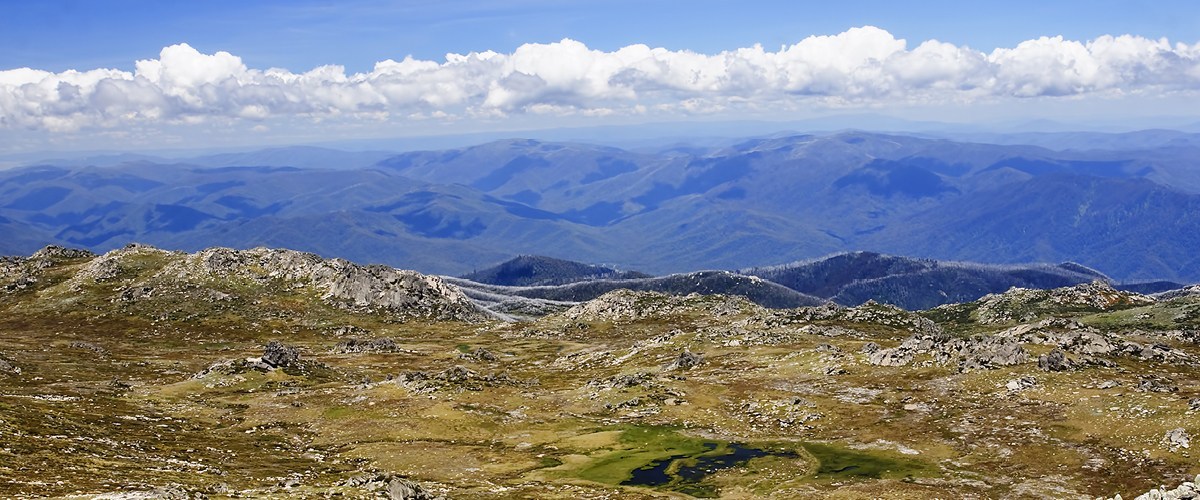
Its borders contain a mix of rugged mountains and wilderness, characterised by an alpine climate, which makes it popular with recreational skiers and bushwalkers. It was established in 1967.
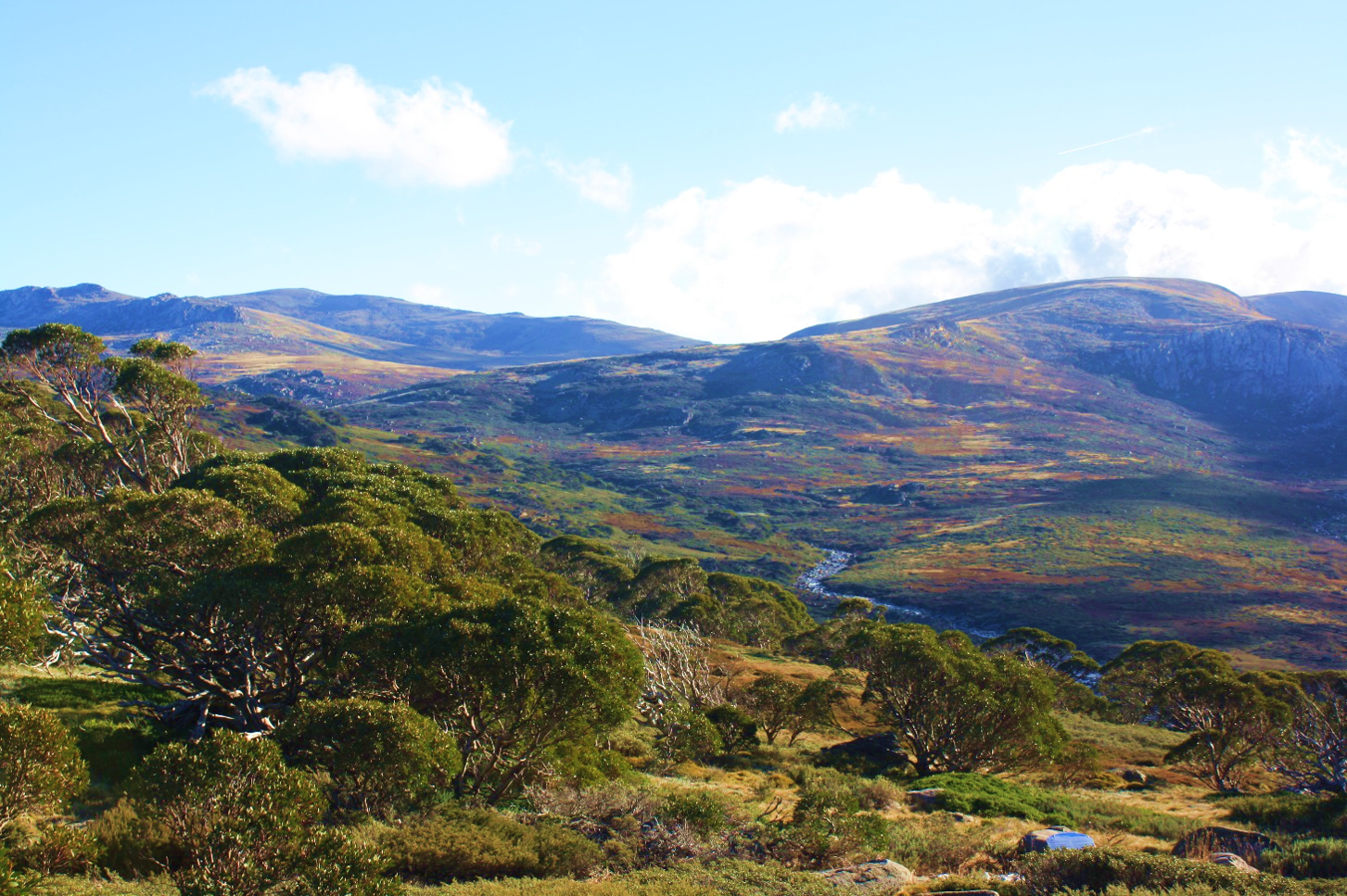
Home to aborigines for around 20,000 years, the park is the only place where the endangered southern corroboree frog can be found.
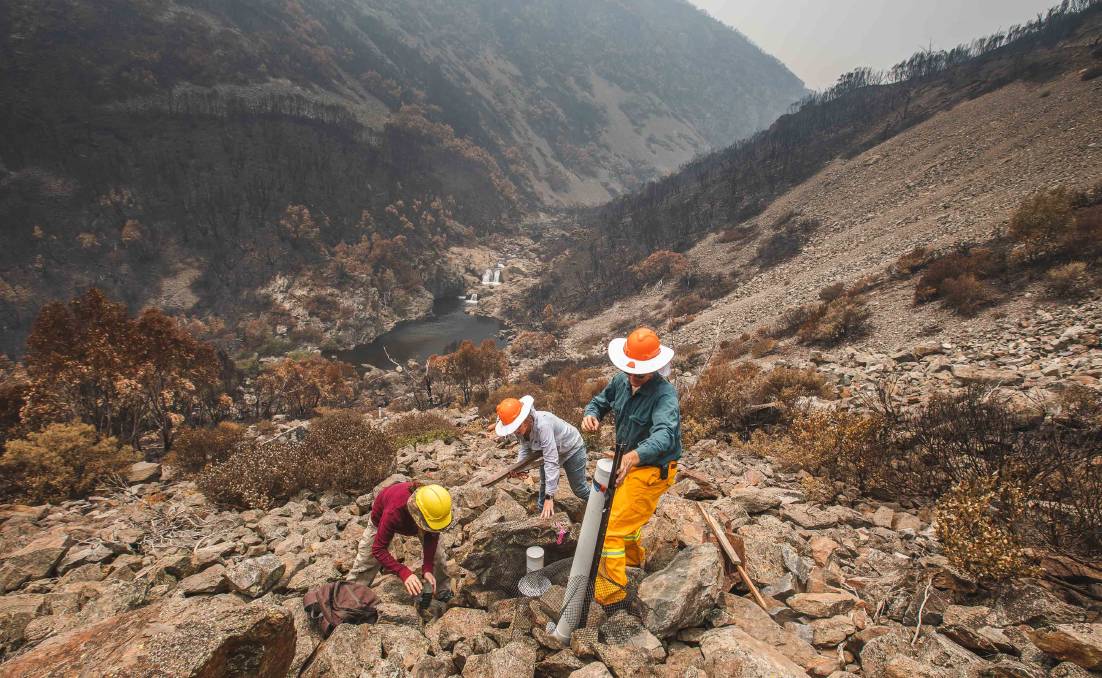
The southern corroboree frog was considered relatively numerous within its very small distribution in the 1970s, as of June 2004 it had an estimated adult population of 64.
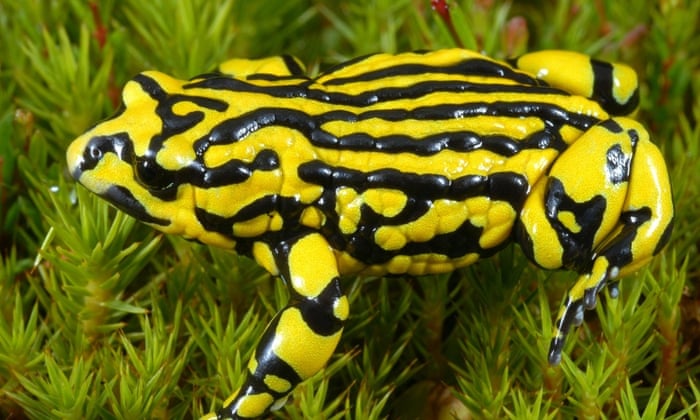
This species has suffered declines of up to 80% over the past 10 years. It is found only within a fragmented region of less than 10 km² within Mount Kosciuszko National Park in the Snowy Mountains in New South Wales.
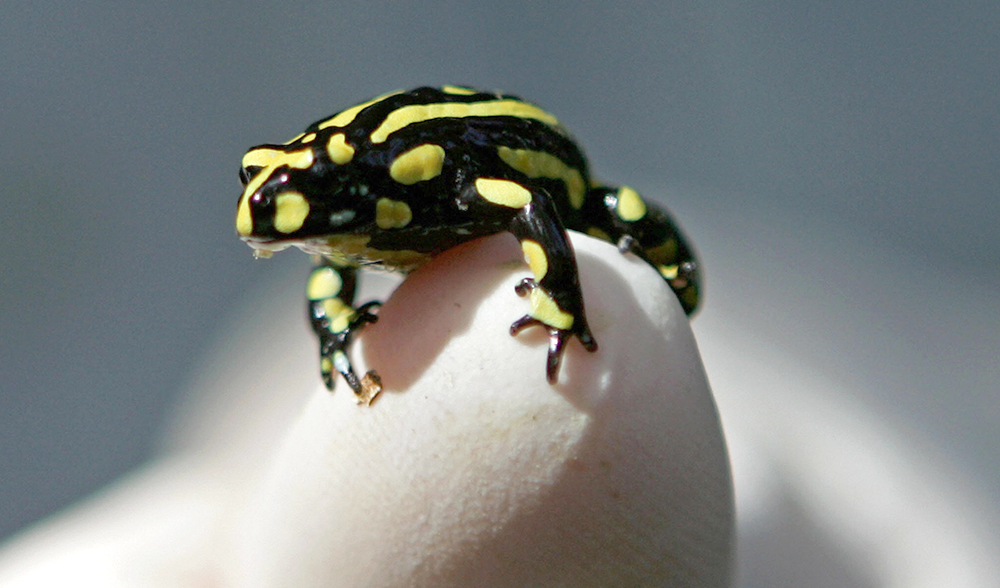
It is only found at 1300 m above sea level (Osborne 1989). It is currently listed as critically endangered and is considered to be one of, if not, Australia's most endangered species.
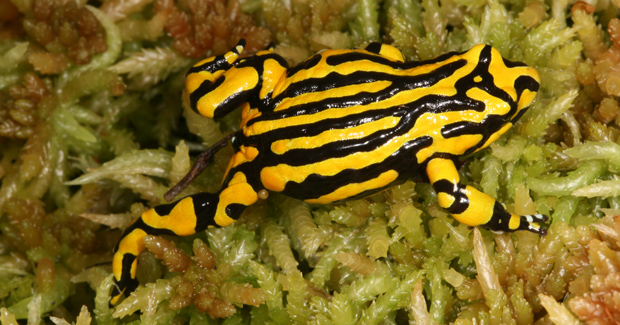
According to en.wikipedia











